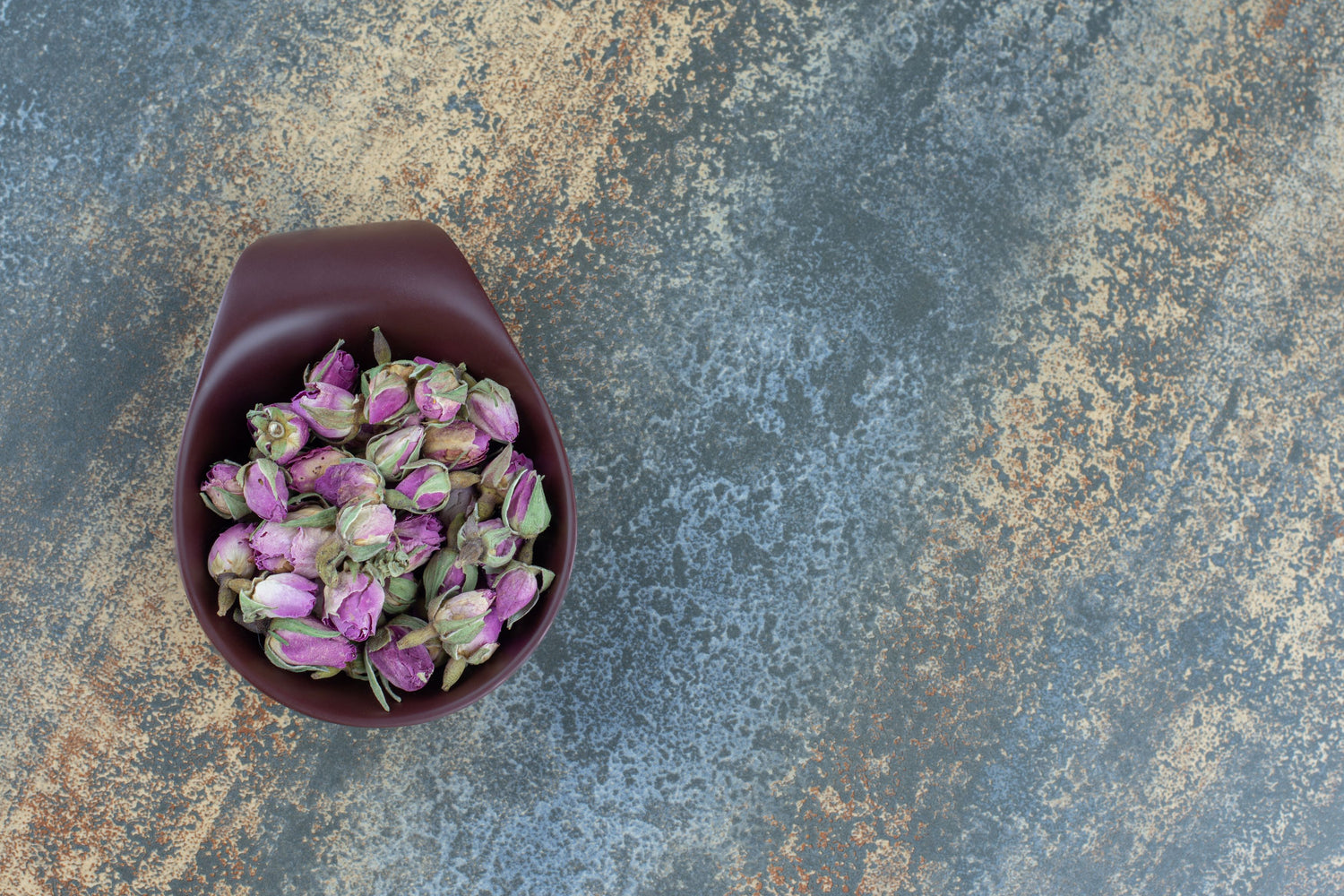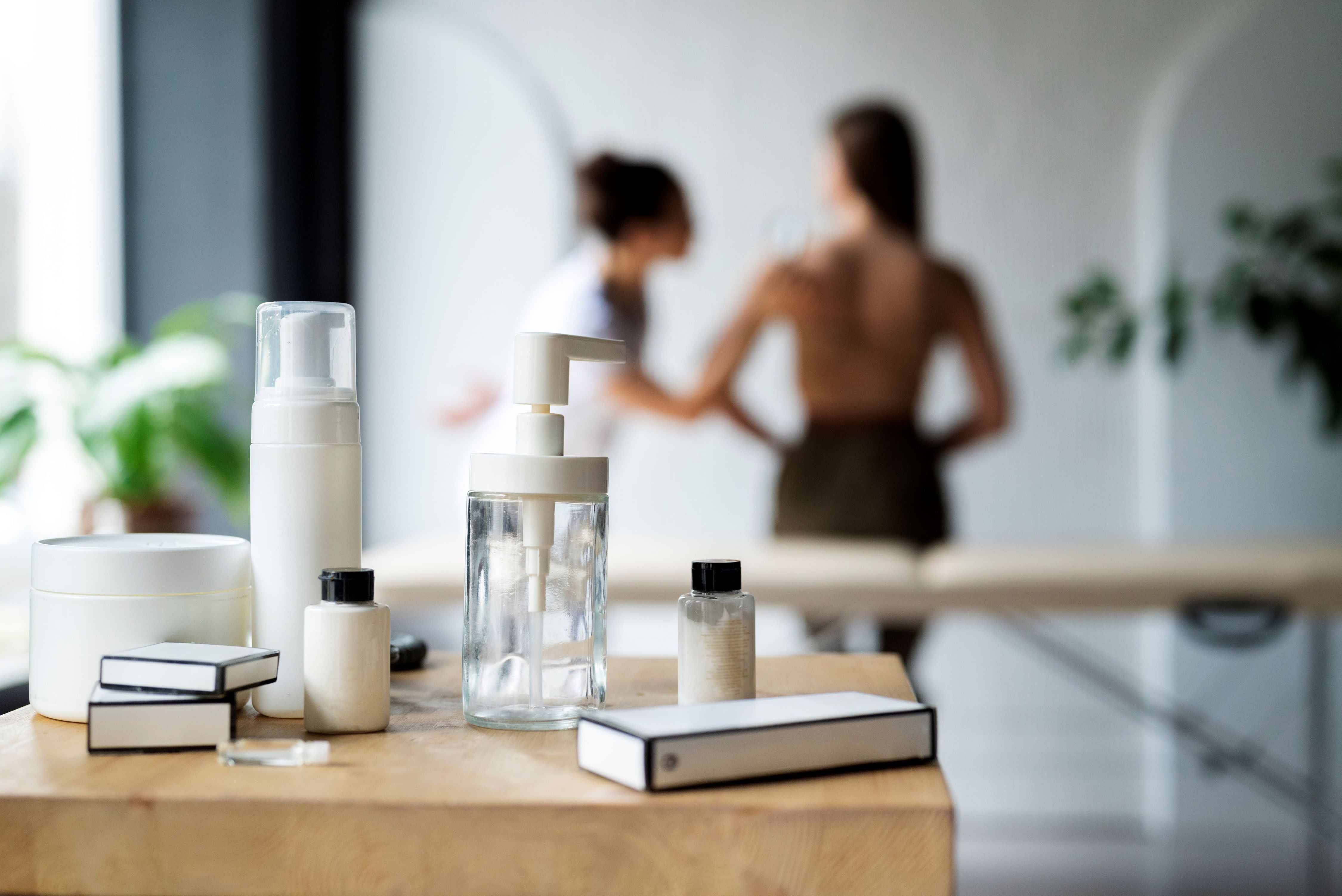The art of perfumery is a timeless craft that intertwines nature’s treasures with human creativity. For centuries, exotic ingredients have been sought after to create fragrances that captivate the senses and evoke emotions. Among these, saffron and rose hold a special place, celebrated for their unique olfactory profiles and cultural significance. In this article, we explore these ingredients and more, unveiling the allure of exotic components in perfumery.
The Role of Exotic Ingredients in Perfumery
Exotic ingredients in perfumes are not just about rarity; they are about depth, complexity, and cultural storytelling. These elements often add a unique signature to a fragrance, making it stand out. Whether derived from flowers, spices, woods, or resins, exotic components provide a sensory journey that transports the wearer to distant lands.
Saffron: The Golden Spice of Perfumery
Saffron, often referred to as “Red Gold,” is one of the most expensive spices in the world. Beyond its culinary uses, saffron’s warm, earthy, and slightly sweet aroma makes it a prized ingredient in luxury perfumes.
Origins and Characteristics
Saffron is harvested from the stigmas of the Crocus sativus flower, primarily grown in regions like Iran, India, and Spain. Its scent is complex, with notes of honey, hay, and a subtle metallic undertone. These characteristics make saffron an excellent choice for adding depth and opulence to fragrances.
Popular Perfumes Featuring Saffron
- Byredo’s Black Saffron: A modern blend of saffron with juniper berries and leather.
- Maison Francis Kurkdjian’s Baccarat Rouge 540: A masterpiece that balances saffron’s warmth with jasmine and ambergris.

Rose: The Queen of Flowers
Rose has been a symbol of love and beauty for centuries. In perfumery, it is revered for its rich and versatile scent profile, which can range from sweet and delicate to dark and velvety.
Types of Rose in Perfumery
- Damask Rose: Known for its deep, lush fragrance, it is often used in high-end perfumes.
- Centifolia Rose: With a lighter, honey-like aroma, this variety is commonly grown in Grasse, France, the perfume capital of the world.
Extraction Methods
The essential oil or absolute of rose is obtained through steam distillation or solvent extraction. Each method preserves different facets of the rose’s aroma, offering perfumers a range of olfactory possibilities.
Iconic Rose Perfumes
- Chanel No. 5: A timeless classic where rose blends seamlessly with aldehydes and jasmine.
- Le Labo’s Rose 31: A unisex fragrance that pairs rose with spicy and woody notes.
Oud: The Liquid Gold of the East
Oud, derived from the resinous wood of the agar tree, is another exotic ingredient cherished in perfumery. Its rich, smoky, and slightly sweet aroma creates an air of mystery and sophistication.
Cultural Significance
Oud holds a sacred place in Middle Eastern culture, often used in traditional ceremonies and personal fragrances. Its luxurious scent profile has also gained popularity in Western markets.
Famous Oud Fragrances
- Dior’s Oud Ispahan: A harmonious blend of oud, rose, and amber.
- Creed’s Royal Oud: A refined composition suitable for both men and women.

Ambergris: The Ocean’s Gift
Ambergris is a rare substance formed in the digestive system of sperm whales. Over time, it washes ashore, where it is collected for use in perfumery.
Characteristics
Ambergris has a unique, musky aroma with marine and earthy undertones. It acts as a fixative, enhancing the longevity and depth of a perfume.
Notable Perfumes with Ambergris
- Amouage’s Gold: A rich and opulent scent featuring ambergris as a key component.
- Jo Malone’s Wood Sage & Sea Salt: A fresh, coastal fragrance with subtle ambergris nuances.
Jasmine: The Flower of the Night
Jasmine’s intoxicatingly sweet and floral aroma has made it a staple in perfumery. Often harvested at night when its fragrance is most potent, jasmine adds a touch of romance and sensuality to perfumes.
Extraction and Use
Jasmine absolute is extracted using a solvent process, ensuring the preservation of its delicate scent. It is frequently paired with other floral or citrus notes to create balanced compositions.
Renowned Jasmine Perfumes
- Dior’s J’adore: A radiant bouquet of jasmine, ylang-ylang, and rose.
- Guerlain’s Samsara: A classic oriental fragrance highlighting jasmine and sandalwood.
Patchouli: The Earthy Elegance
Patchouli’s earthy, woody, and slightly sweet aroma has been a favorite in perfumery since the 19th century. Its versatility allows it to be used in both oriental and chypre fragrances.
Perfumes Featuring Patchouli
- Chanel’s Coco Mademoiselle: A sophisticated scent blending patchouli with citrus and floral notes.
- Tom Ford’s White Patchouli: A modern interpretation of patchouli with floral and woody undertones.
Frankincense and Myrrh: Sacred Resins
Frankincense and myrrh have been used in religious rituals and perfumery for millennia. Their resinous, spicy, and slightly sweet aromas add a spiritual and meditative quality to fragrances.
Signature Fragrances
- Amouage’s Jubilation XXV: A luxurious scent combining frankincense with fruits and spices.
- Jo Malone London’s Myrrh & Tonka: A luxurious and creamy fragrance where rich myrrh is beautifully balanced with the warm sweetness of tonka bean.
Why Exotic Ingredients Matter
Exotic ingredients elevate perfumes by offering unique and captivating scent profiles. They also carry cultural and historical significance, enriching the storytelling behind each fragrance.
Conclusion
The world of exotic ingredients in perfumery is a treasure trove of sensory delights. From saffron’s golden warmth to rose’s timeless beauty, these ingredients transform perfumes into works of art. Whether you are a fragrance connoisseur or a casual enthusiast, exploring perfumes featuring these exotic components is a journey worth taking. Visit parfum.ae to discover a curated collection of perfumes inspired by the world’s most exquisite ingredients.



